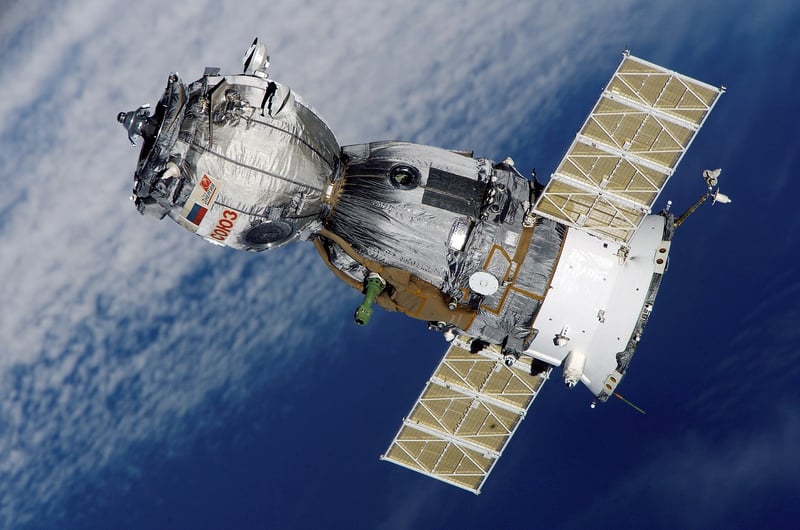Artificial Habitats
Exploring Life Beyond Earth: Artificial Habitats
As humanity continues to advance in space exploration, the concept of establishing life beyond Earth has captured the imagination of scientists and enthusiasts alike. One fascinating approach to potentially sustain life in extraterrestrial environments is through the creation of artificial habitats.
What are Artificial Habitats?
Artificial habitats are human-made structures designed to support life in space or on other planets. These habitats are essential for long-duration space missions, colonization efforts, and scientific research beyond Earth.
Key Components of Artificial Habitats:
- Life Support Systems: These systems provide the necessary air, water, and food for humans and other organisms to survive.
- Structural Integrity: The habitats must be robust enough to withstand the harsh conditions of space, including radiation and microgravity.
- Energy Sources: Solar panels or other energy-generating systems are crucial for powering the habitat and supporting life functions.
- Environmental Control: Maintaining temperature, humidity, and air quality within the habitat is vital for the well-being of its inhabitants.
Challenges and Innovations:
Developing artificial habitats poses unique challenges, but ongoing research and technological advancements are addressing these issues. Innovations in 3D printing, advanced materials, and closed-loop life support systems are paving the way for sustainable habitats in space.
Benefits of Artificial Habitats:
- Space Exploration: Artificial habitats enable humans to live and work in space for extended periods, facilitating deeper exploration of the cosmos.
- Colonization: Establishing self-sustaining habitats on other planets could be the first step towards human colonization beyond Earth.
- Scientific Research: These habitats provide controlled environments for conducting experiments in astrobiology, botany, and other fields.
Conclusion:
The development of artificial habitats represents a crucial aspect of humanity's quest to expand beyond Earth. By harnessing technology and innovation, we are moving closer to the realization of sustainable life beyond our home planet.

For more information on artificial habitats and space exploration, visit NASA's Habitat Technology page.
